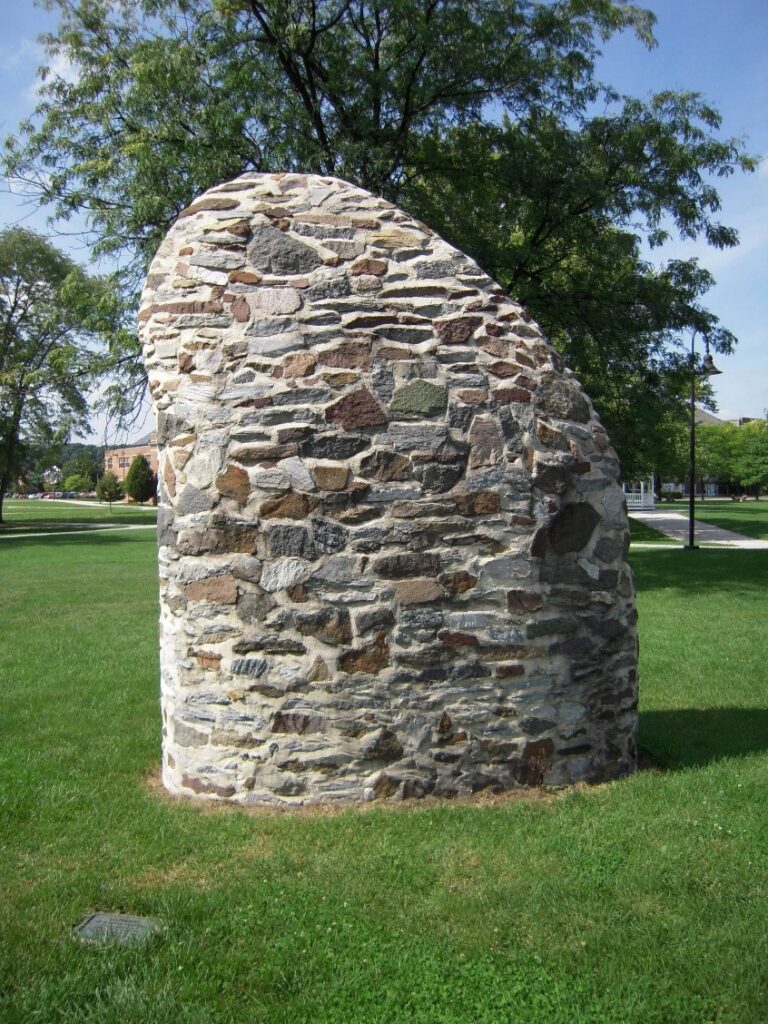In 1844, Gettysburg College students formed the “Linnaean Association”, named for Carl Linnaeus, an 18th century Swedish botanist, zoologist, taxonomist, and physician who developed the system used today for naming organisms. The Linnaean Association shared the wide-ranging scientific interests of Carl Linnaeus and collected an admirable collection of mineral, botanical and other specimens as well as a library of scientific publications.
Also in 1844, Gettysburg College asked Michael Jacobs, professor of chemistry, mathematics and natural philosophy to “devise a plan for ornamenting the College grounds and interesting the students in it”.

Professor Jacobs was recognized in the Summer 2022 edition of Gettysburg Magazine for providing the only account of the weather in Gettysburg on the historic days of July 1-3, 1863. He taught at the College for 39 years, from 1832 when the College was founded until his retirement in 1866.
Jacobs was able to engage the Linnaean Association in improvement of the campus. Their projects including replacing fences, planting trees and flower beds and creating roads and pathways across the campus. The Linnaean Association also asked the College for a building to house their scientific collection. With College approval, students of the Linnaean Association raised funds and provided materials as well as physical labor to construct the new building, located near the site of the current Science Center. Construction began on Linnaean Hall, the second major building on campus, in 1846. The building was used for science instruction until 1890 when the sciences moved into McCreary Gymnasium. Linnaean Hall was then used as a gymnasium and later as a storage facility until 1942 when it was demolished after nearly 100 years of service.

Gone but not forgotten: In 1982, 40 years after the demolition of Linnaean Hall, artist Martin Puryear used stones remaining from the building along with other local field stones, to create “Sentinel”, a sculpture rising 10” above ground west of Pennsylvania Hall. Just as students participated in the original construction of Linnaean Hall, students participated in construction of “Sentinel”, adding stones to the sculpture under the artist’s guidance.
